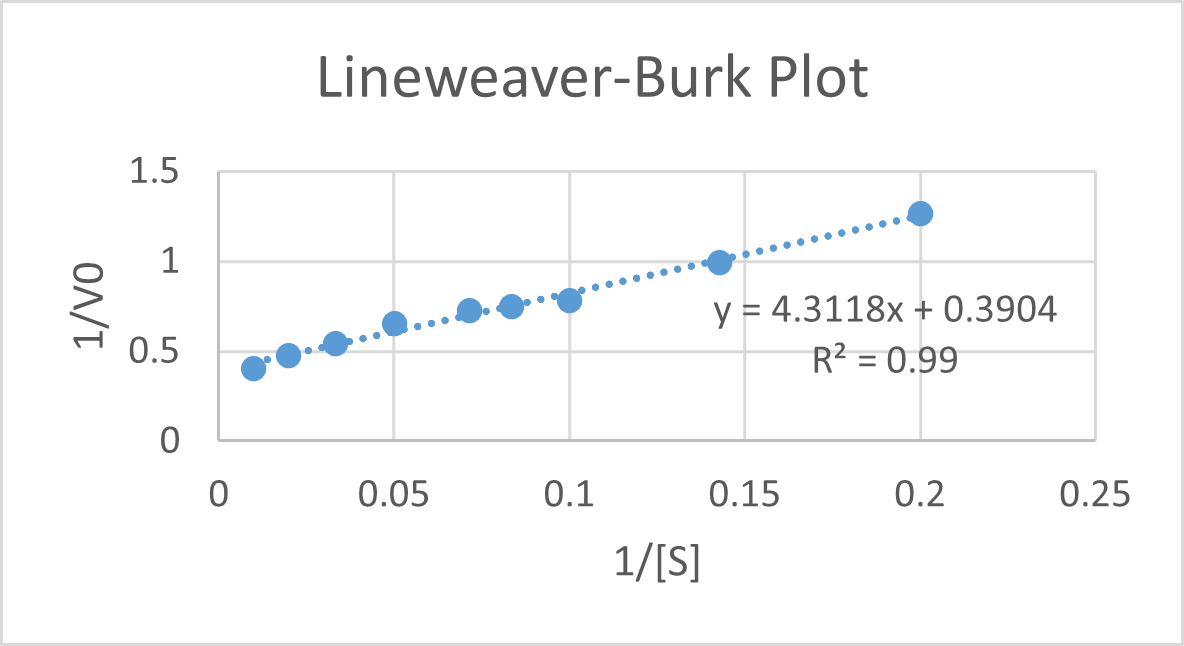Morphological and Syntactical Variation and Change in Catalan
Por um escritor misterioso
Last updated 01 abril 2025

Catalan is a Romance language closely related to Gallo-Romance languages. However, contact with Spanish since the 15th century has led it to adopt various linguistic features that are closer to those seen in Ibero-Romance languages. Catalan exhibits five broad dialects: Central, Northern, and Balearic, which pertain to the Eastern dialect block, and Northwestern and Valencian, which make up the Western. This article deals with the most salient morphosyntactic properties of Catalan and covers diachronic and diatopic variations. It also offers information about diastratic or sociolinguistic variations, namely standard and non-standard variations. Among the most characteristic morphosyntactic features are the following: 1. Catalan is the only Romance language that exhibits a periphrastic past tense expressed by means of the verb anar ‘go’ + infinitive (Ahir vas cantar ‘Yesterday you sang’). This periphrastic past coexists with a simple past (Ahir cantares ‘Yesterday you sang’). However, Catalan does not have a periphrastic future built with the movement verb go.2. Demonstratives show a two-term system in most Catalan dialects: aquí ‘here’ (proximal) and allà or allí ‘there’ (distal); but in Valencian and some Northwestern dialects, there is a three-term system. In contrast with other languages that have a two-term system, Catalan uses the proximal demonstrative to express proximity either to the speaker or to the addressee (Aquí on jo soc ‘Here where I am’, Aquí on tu ets ‘There where you are’).3. Catalan has a complex system of clitic pronouns (or weak object pronouns) which may vary in form according to the point of contact with the verb, proclitically or enclitically; e.g., the singular masculine accusative clitic can have two syllabic forms (el and lo) and an asyllabic one (l’ or ‘l): El saludo ‘I am greeting him’, Puc saludar-lo ‘I can greet him’, L’havies saludat ‘You had greeted him’, Saluda’l ‘Greet him’.4. Existential constructions may contain the predicate haver-hi ‘there be’, consisting of the locative clitic hi and the verb haver ‘have’ (Hi ha tres estudiants ‘There are three students’) and the copulative verb ser ‘be’ (Tres estudiants ja són aquí ‘Three students are already here’) or other verbs whose behavior can be close to an unaccusative verb when preceded by the clitic hi (Aquí hi treballen forners ‘There are some bakers working here’).5. The negative polarity adverb no ‘not’ may be reinforced by the adverbs pas or cap in some dialects and can co-occur with negative polarity items (ningú ‘anybody/nobody’, res ‘anything/nothing’, mai ‘never’, etc.). Negative polarity items exhibit negative agreement (No hi ha mai ningú ‘Nobody is ever here’), but they may express positive meaning in some non-declarative syntactic contexts (Si mai vens, truca’m ‘If you ever come, call me’).6. Other distinguishing items are the interrogative and confirmative particles, the pronominal forms of address, and the personal articles.
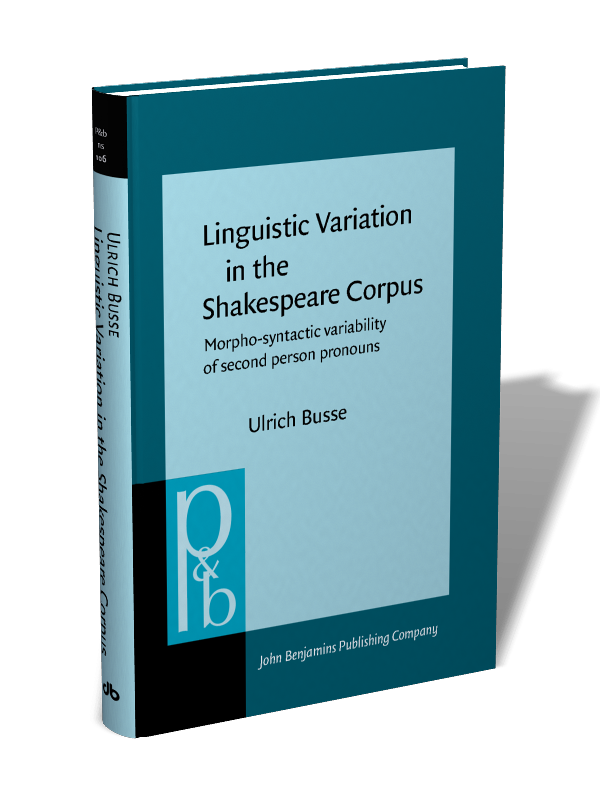
Linguistic Variation in the Shakespeare Corpus: Morpho-syntactic variability of second person pronouns
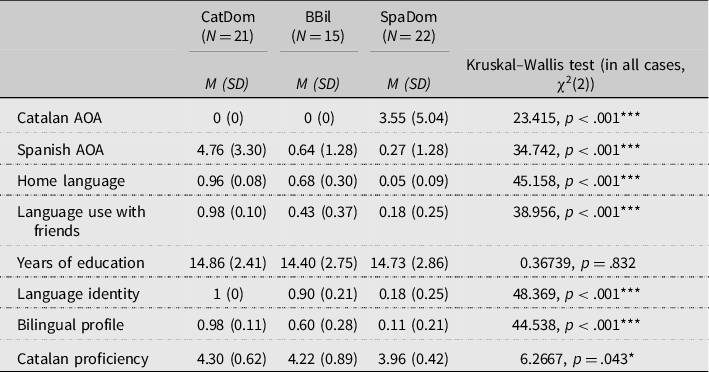
Indirect structural crosslinguistic influence in early Catalan–Spanish bilinguals in adulthood: Predicate selection in Catalan existential constructions, Applied Psycholinguistics
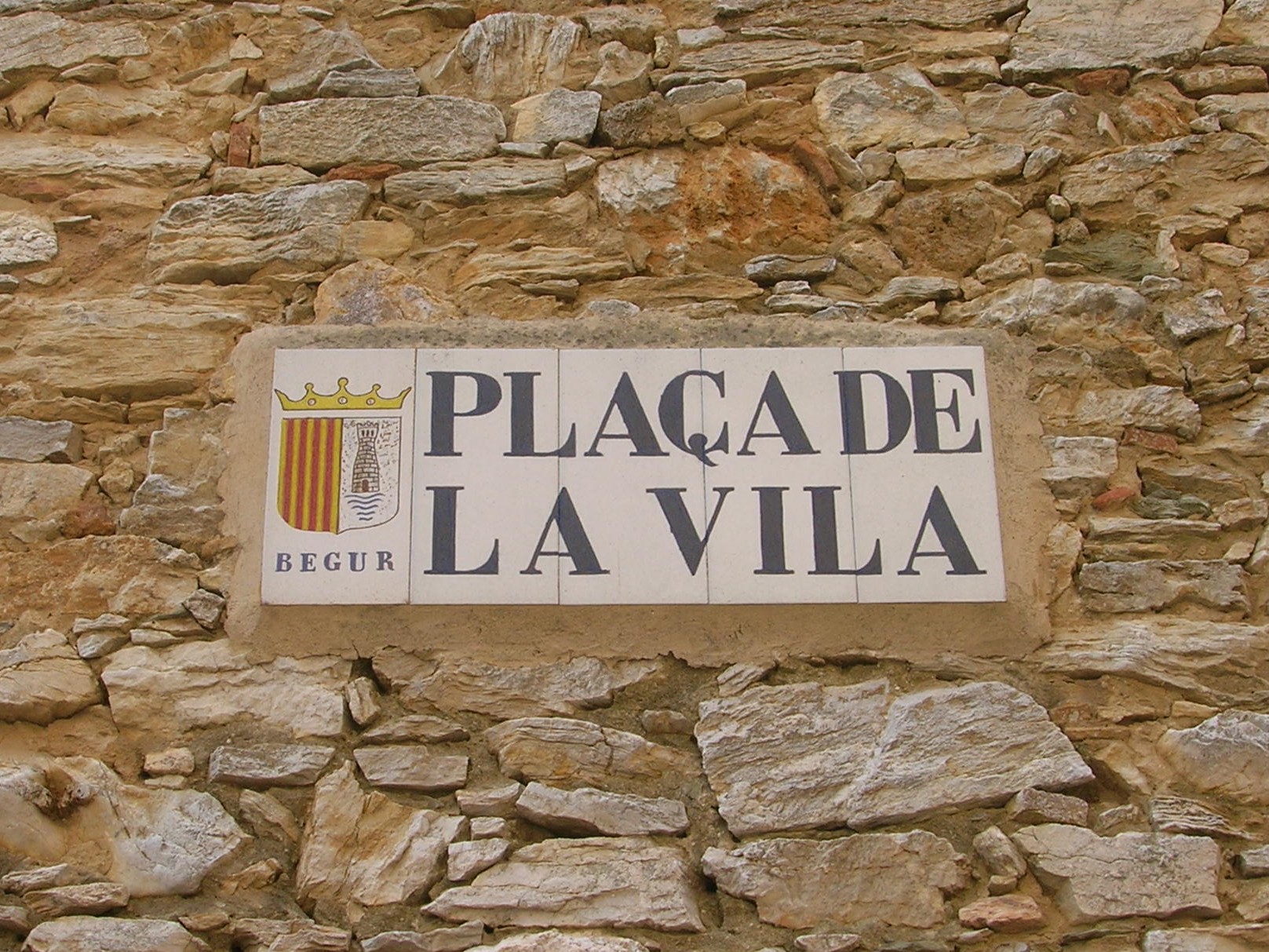
Catalan Language: Most Up-to-Date Encyclopedia, News & Reviews

Morphological and Syntactical Variation and Change in Catalan

Dictionarization of Catalan Neologisms - Peter Lang Verlag
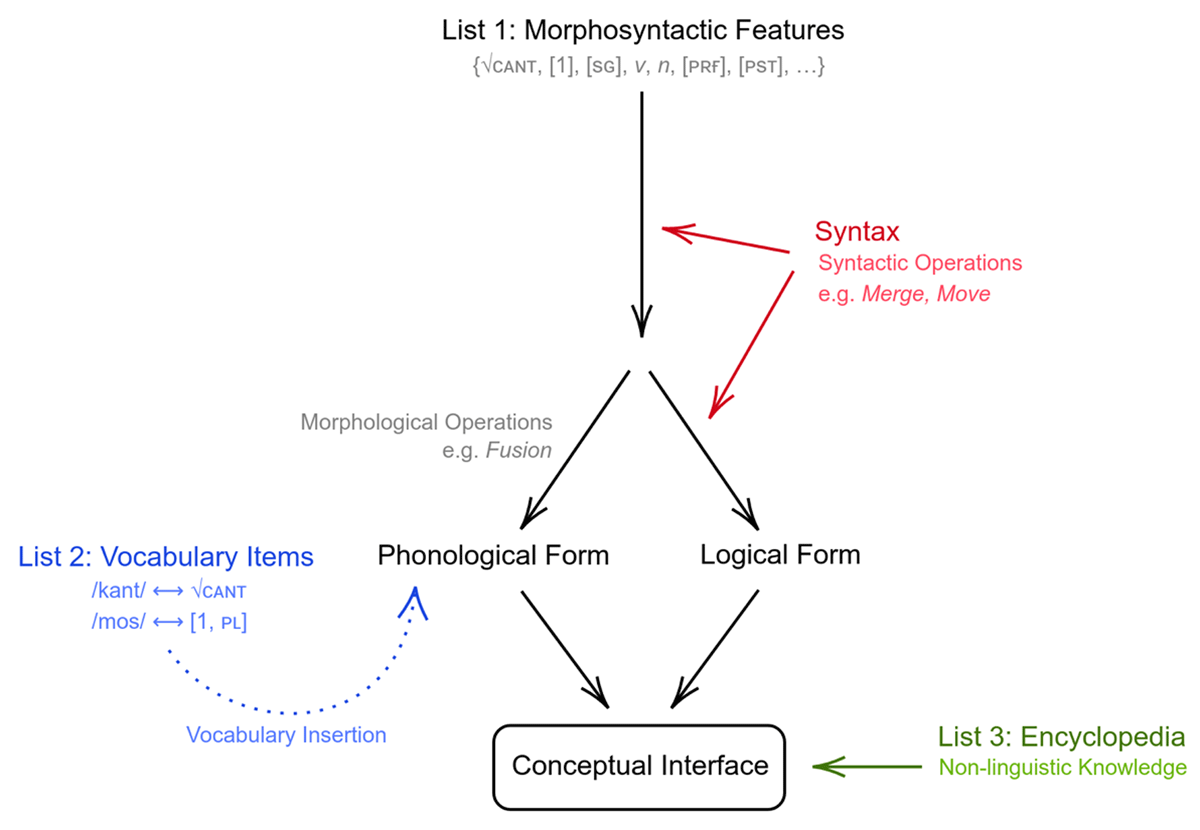
Araújo-Adriano, Implementing the U-shaped curve in Distributed Morphology and as a by-product of the third factor

Studies in Language Variation

Catalan and spanish neuter pronouns in impersonal constructions: diachronic and dialectal variation
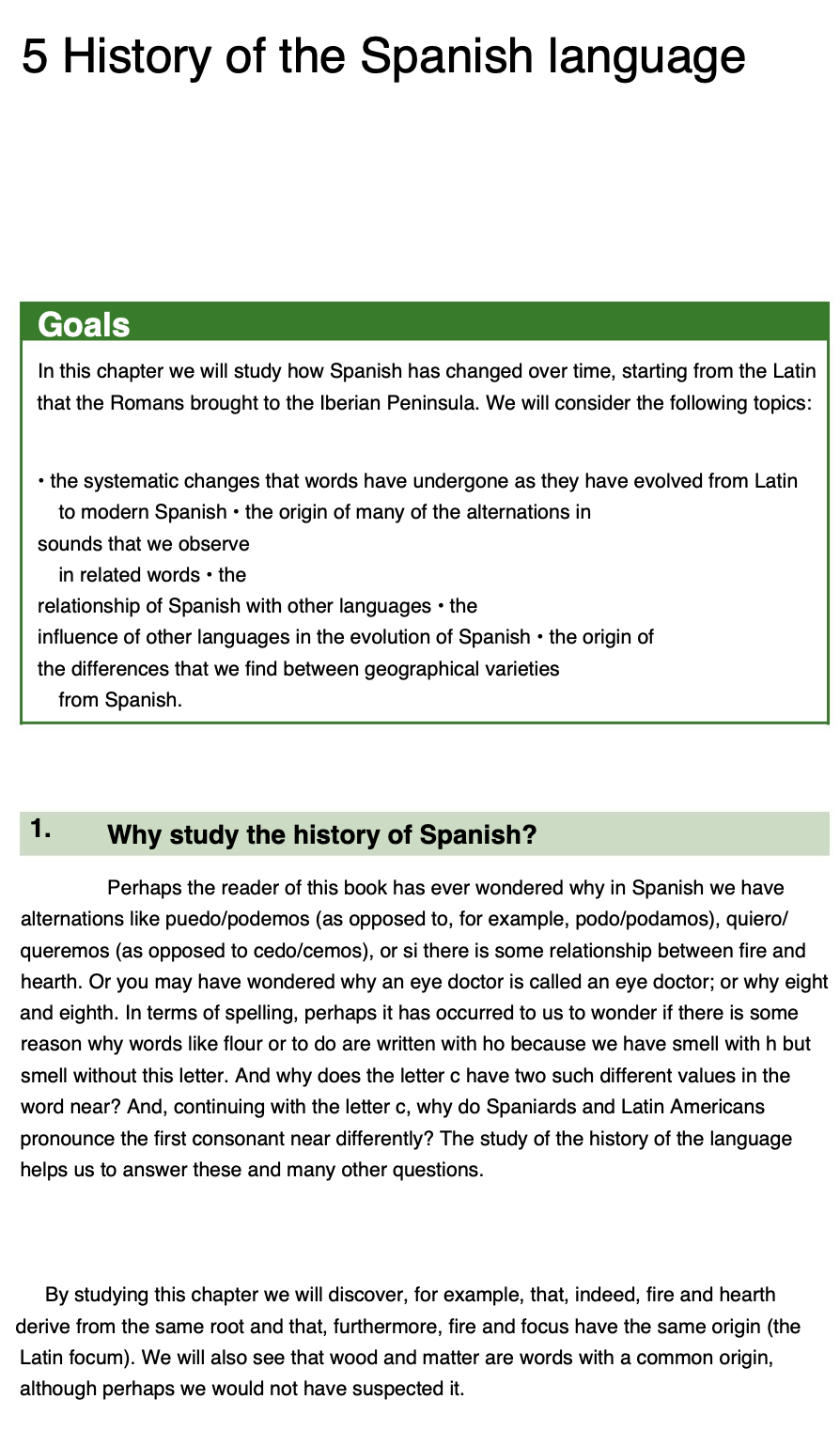
Solved Propose the subcategorization framework of the

Morphological and Syntactical Variation and Change in Catalan
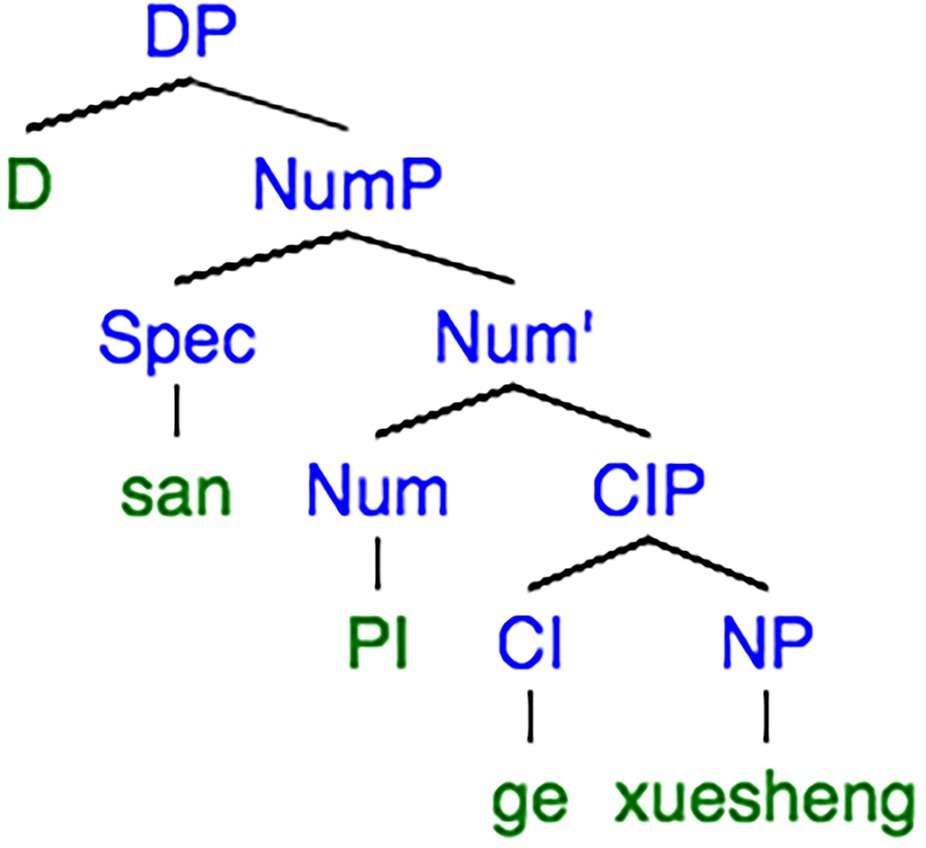
Frontiers Testing the Representational Deficit Hypothesis: From the Aspect of Chinese Learners' Acquisition of Affixation '-s' for Third Person Singular Verbs and Plural Nouns
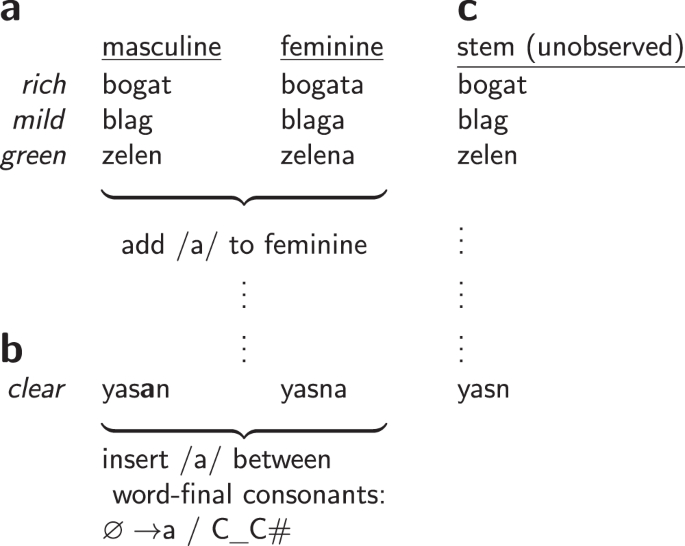
Synthesizing theories of human language with Bayesian program induction

A Survey of Phonological Mid Vowel Intuitions in Central Catalan - Margaret E L Renwick, Marianna Nadeu, 2019
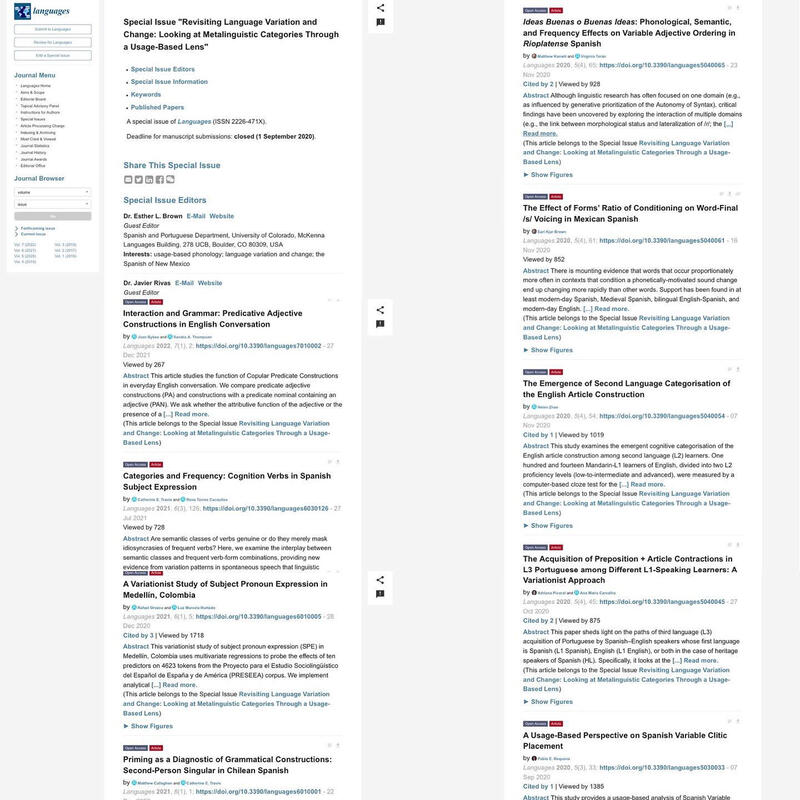
Updates

Morpho-syntactic Variation in Romance v: A Micro-parametric Approach
Recomendado para você
-
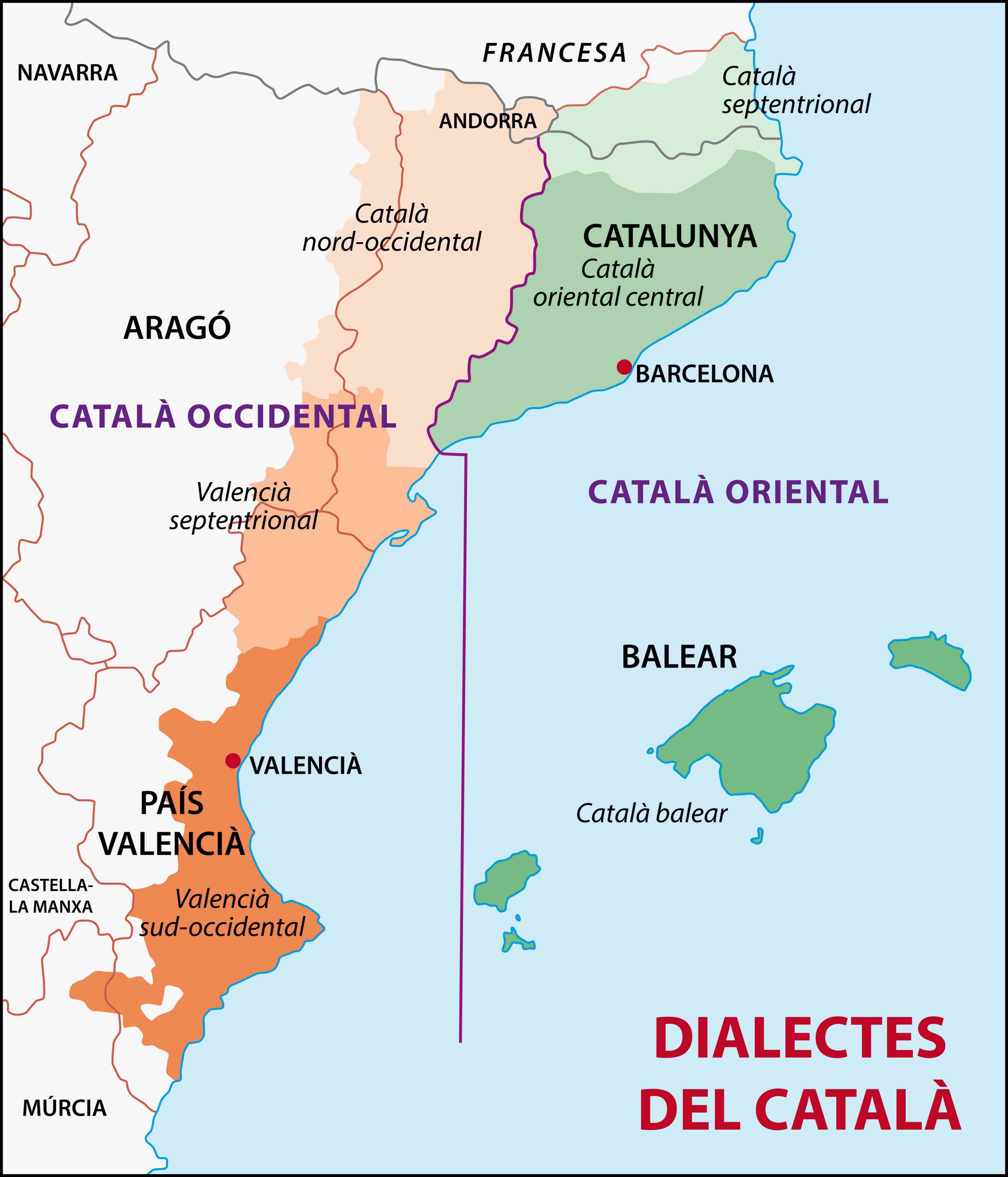 Catalan: Language Portal: Center for Language Technology: Indiana University01 abril 2025
Catalan: Language Portal: Center for Language Technology: Indiana University01 abril 2025 -
 Catalan cream: the traditional Spanish recipe01 abril 2025
Catalan cream: the traditional Spanish recipe01 abril 2025 -
 Catalan contagion? Independence movements in Europe take note after vote01 abril 2025
Catalan contagion? Independence movements in Europe take note after vote01 abril 2025 -
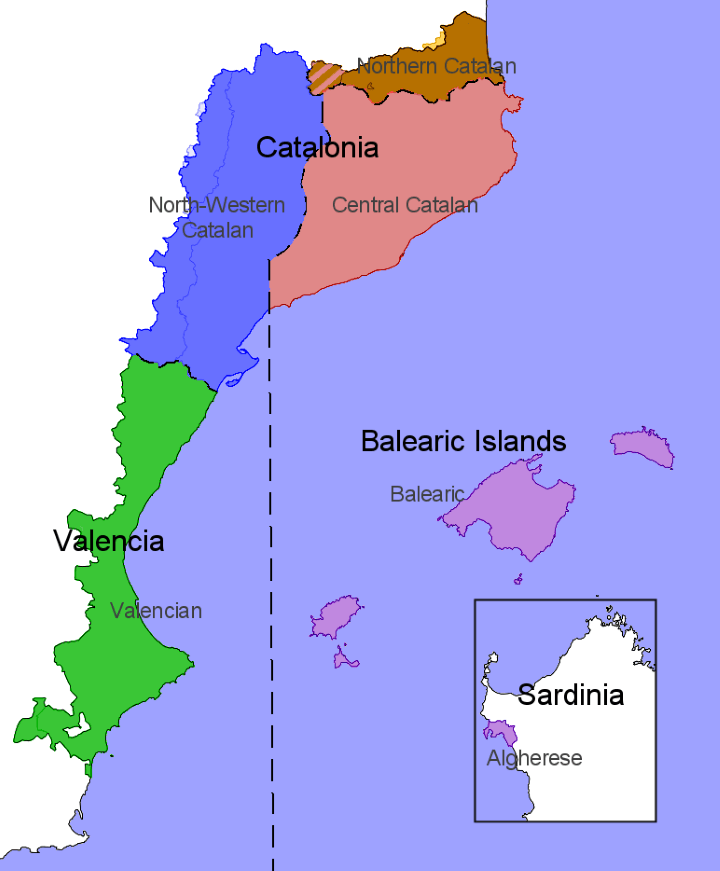 Catalonia & The Catalan Language: 10 Facts & Maps – Brilliant Maps01 abril 2025
Catalonia & The Catalan Language: 10 Facts & Maps – Brilliant Maps01 abril 2025 -
 File:Mapa dialectal del catalan-valenciano.png - Wikimedia Commons01 abril 2025
File:Mapa dialectal del catalan-valenciano.png - Wikimedia Commons01 abril 2025 -
![Catalan language map [587x600] : r/MapPorn](https://i.redd.it/d9viqyf7iruz.jpg) Catalan language map [587x600] : r/MapPorn01 abril 2025
Catalan language map [587x600] : r/MapPorn01 abril 2025 -
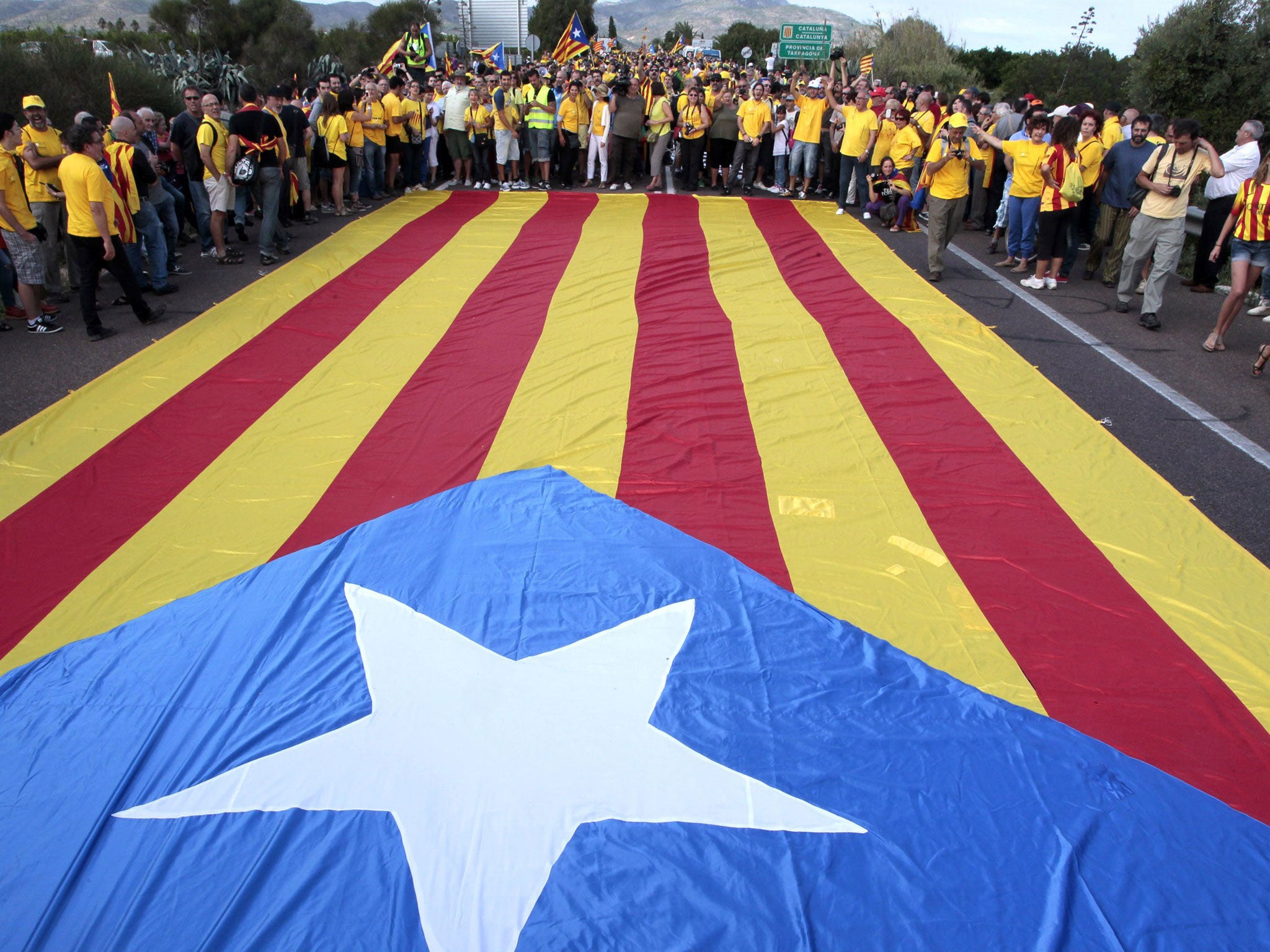 No, Mas: Spain rejects Catalan call for independence, The Independent01 abril 2025
No, Mas: Spain rejects Catalan call for independence, The Independent01 abril 2025 -
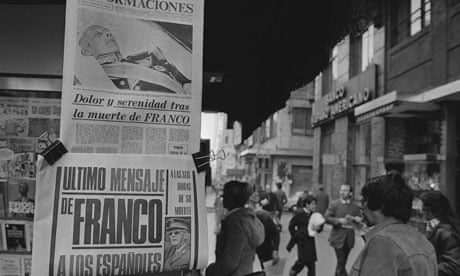 Catalan: a language that has survived against the odds, Catalonia01 abril 2025
Catalan: a language that has survived against the odds, Catalonia01 abril 2025 -
 CATALAN & OCCITAN01 abril 2025
CATALAN & OCCITAN01 abril 2025 -
 Catalonia in Seven Maps01 abril 2025
Catalonia in Seven Maps01 abril 2025
você pode gostar
-
Street Kungfu : King Fight - Apps on Google Play01 abril 2025
-
 Baki Rahen Manga01 abril 2025
Baki Rahen Manga01 abril 2025 -
 Ruh Roh HBO, new series 'Velma' strikes nerve among viewers01 abril 2025
Ruh Roh HBO, new series 'Velma' strikes nerve among viewers01 abril 2025 -
 Silent Hill 4 / Nightmare Fuel - TV Tropes01 abril 2025
Silent Hill 4 / Nightmare Fuel - TV Tropes01 abril 2025 -
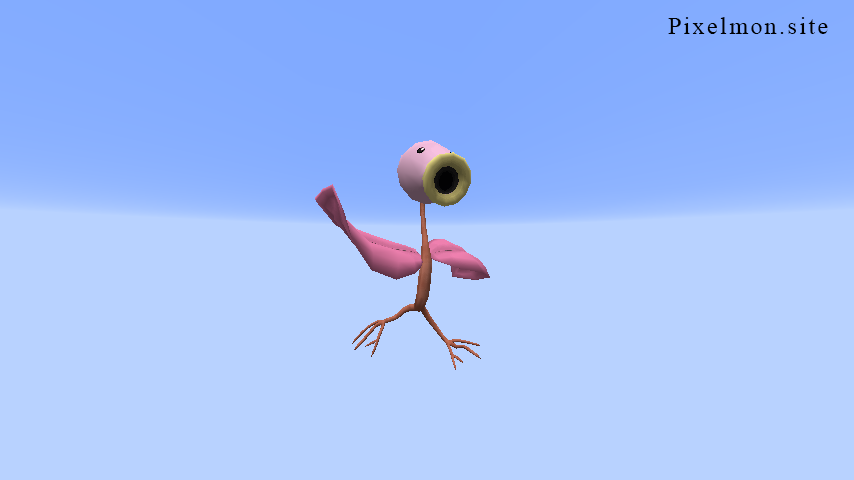 Pokemon Bellsprout – Pixelmon Reforged Wiki01 abril 2025
Pokemon Bellsprout – Pixelmon Reforged Wiki01 abril 2025 -
Shorts monetization policies - Help01 abril 2025
-
 Os Melhores Jogos de Estratégia para Android01 abril 2025
Os Melhores Jogos de Estratégia para Android01 abril 2025 -
 SCENTSY SUMMER FLASH SALE – JULY 15 & 16, 2019, UP TO 85% OFF, Incandescent.Scentsy.us01 abril 2025
SCENTSY SUMMER FLASH SALE – JULY 15 & 16, 2019, UP TO 85% OFF, Incandescent.Scentsy.us01 abril 2025 -
 Rakudai Kishi No Cavalry HD Wallpapers - Wallpaper Cave01 abril 2025
Rakudai Kishi No Cavalry HD Wallpapers - Wallpaper Cave01 abril 2025 -
Solved In Part A you analysed the activity of ADH under01 abril 2025
